It starts with a quick sip and shiny cans- maybe a coffee in the morning, or an energy drink during lunch. For many students at Green Hope, caffeine has become more than a habit; it’s part of a lifestyle. What began as a test-day pickup or a boost for a late-night study session has crept its way into many students’ routines.
From coffee to energy drinks to even caffeine-laced gum, students are finding more ways than ever to stay alert and awake in class. But behind the convenience of it all, students are forgetting that these drinks and habits are affecting their bodies a little bit more every day. This causes dependency to rise, and real rest to decline. (Gardiner et al., 2023)
According to a study by the American Academy of Pediatrics, 73% of students consume caffeine daily, and over one third of them exceed the daily recommended limit of 100mg- the equivalent of one small cup of coffee or half a can of Celsius. The issue is that most of the currently popular energy drinks exceed that limit. A single Starbucks cold brew starts at 155mg of caffeine, and a can of Monster holds around 160mg. With these numbers, it’s easy to see how students can unintentionally overconsume caffeine without thinking about the toll it can take on their physical and mental health.
Mia Wilcocks (‘26) has been an avid caffeine drinker since her childhood. “Without caffeine, I find it hard to focus or stay awake in class,” she said. “It’s what keeps me going.” Her sentiments are a reflection of most Green Hope classrooms in the mornings. Between packed schedules, late nights and early mornings, caffeine has become an easy way to cope and find balance.
However, this solution comes with a hefty cost. As tolerance builds, students reach for more caffeine to achieve the same amount of energy as they used to be able to reach with less caffeine. Alexis Roberts (‘26) has recently begun her caffeine habit and has started noting these shifts. “My day instantly becomes worse if I don’t have caffeine, and I have started to notice that it doesn’t give me the buzz that it used to,” Roberts said. “I only started drinking energy drinks a few months ago.”
Caffeine can easily fuel Green Hope students, but the real challenge comes from finding a balanced schedule that allows students to rest, eat well and manage stress. Finding these natural energy boosts that teenagers require in order to grow healthily should be a mindful goal for students, parents and teachers. As students continue to chase energy through caffeine, they have to consider whether the short-term buzz is worth the burnout and crash that always follows.








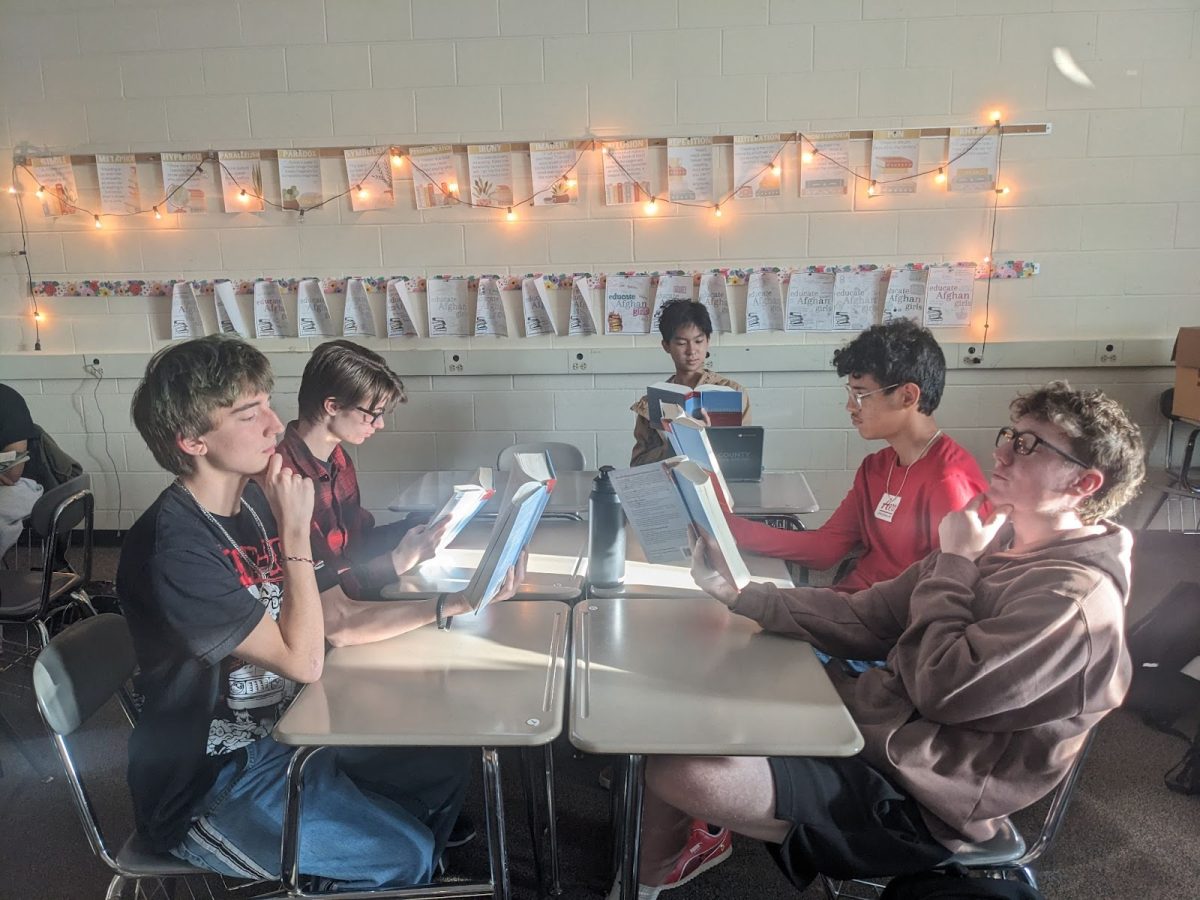
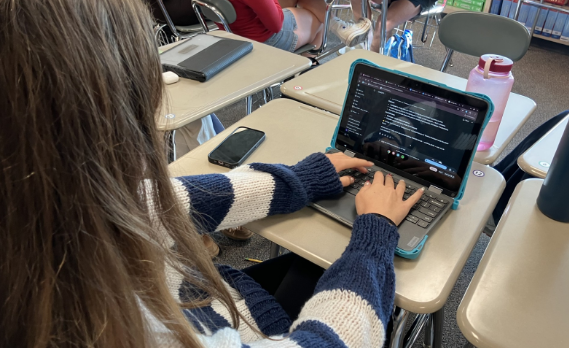







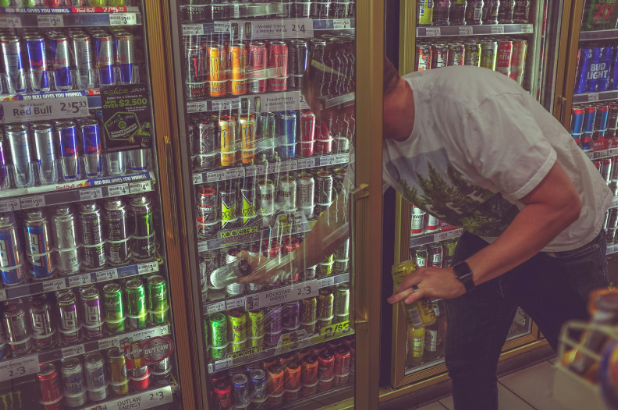











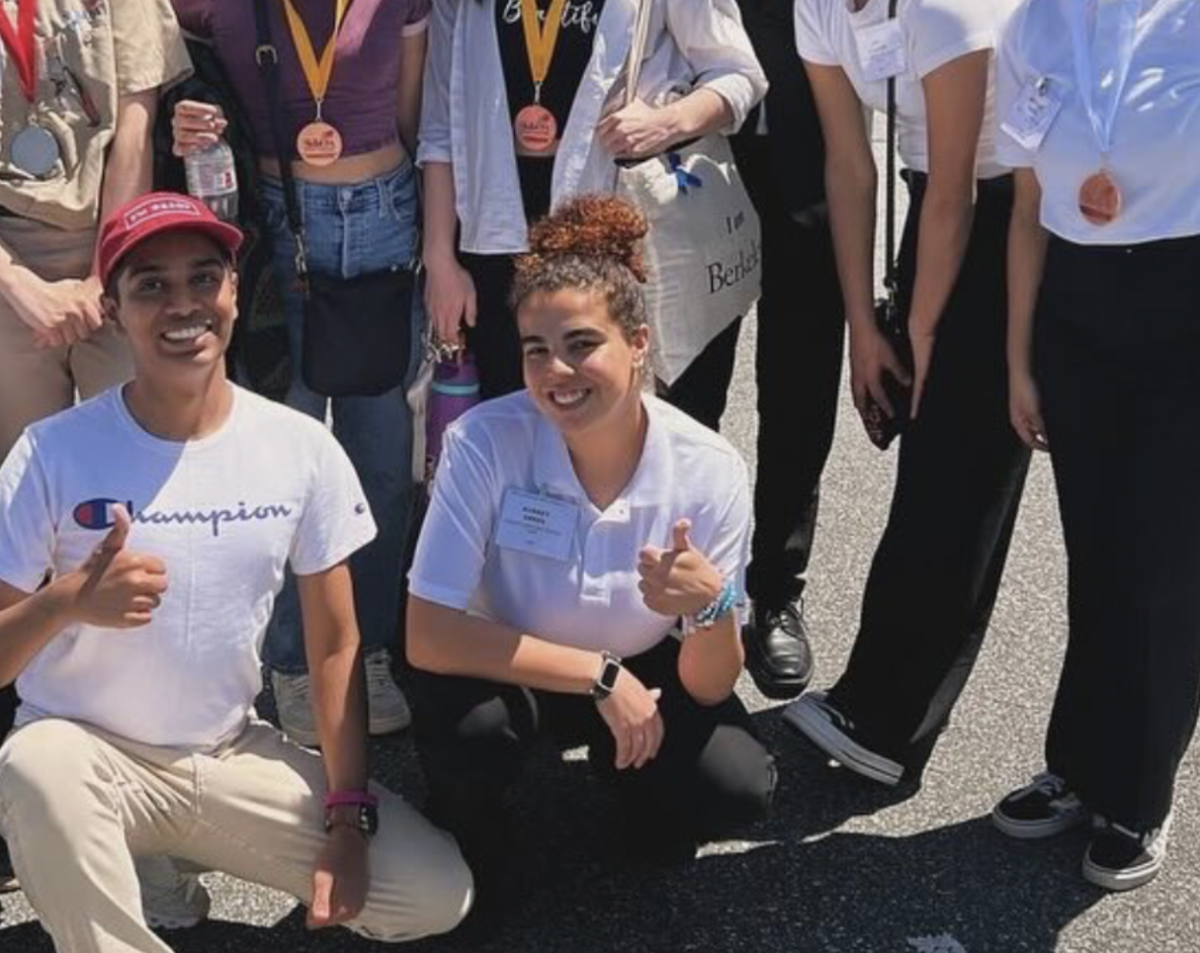
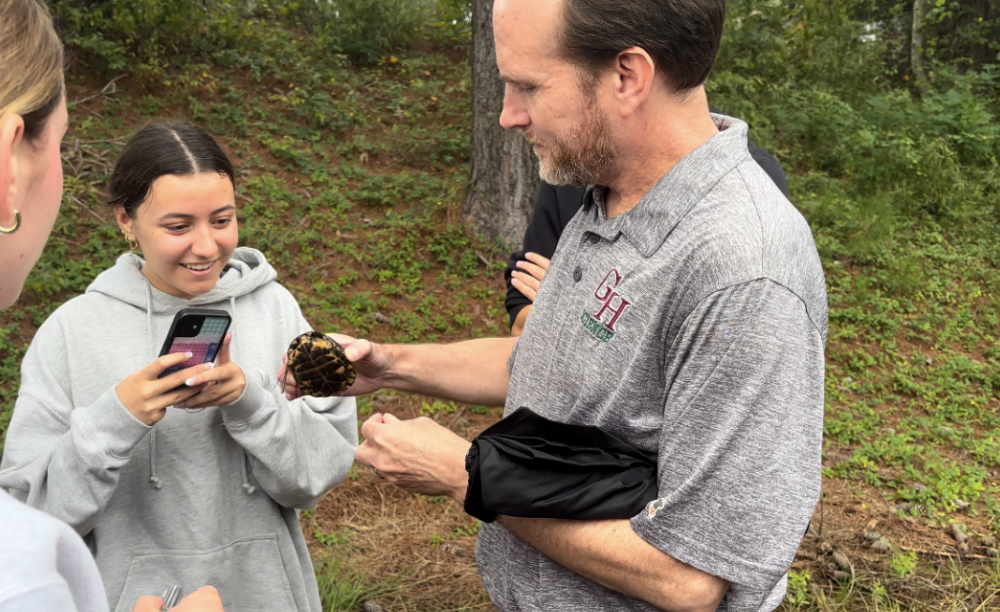

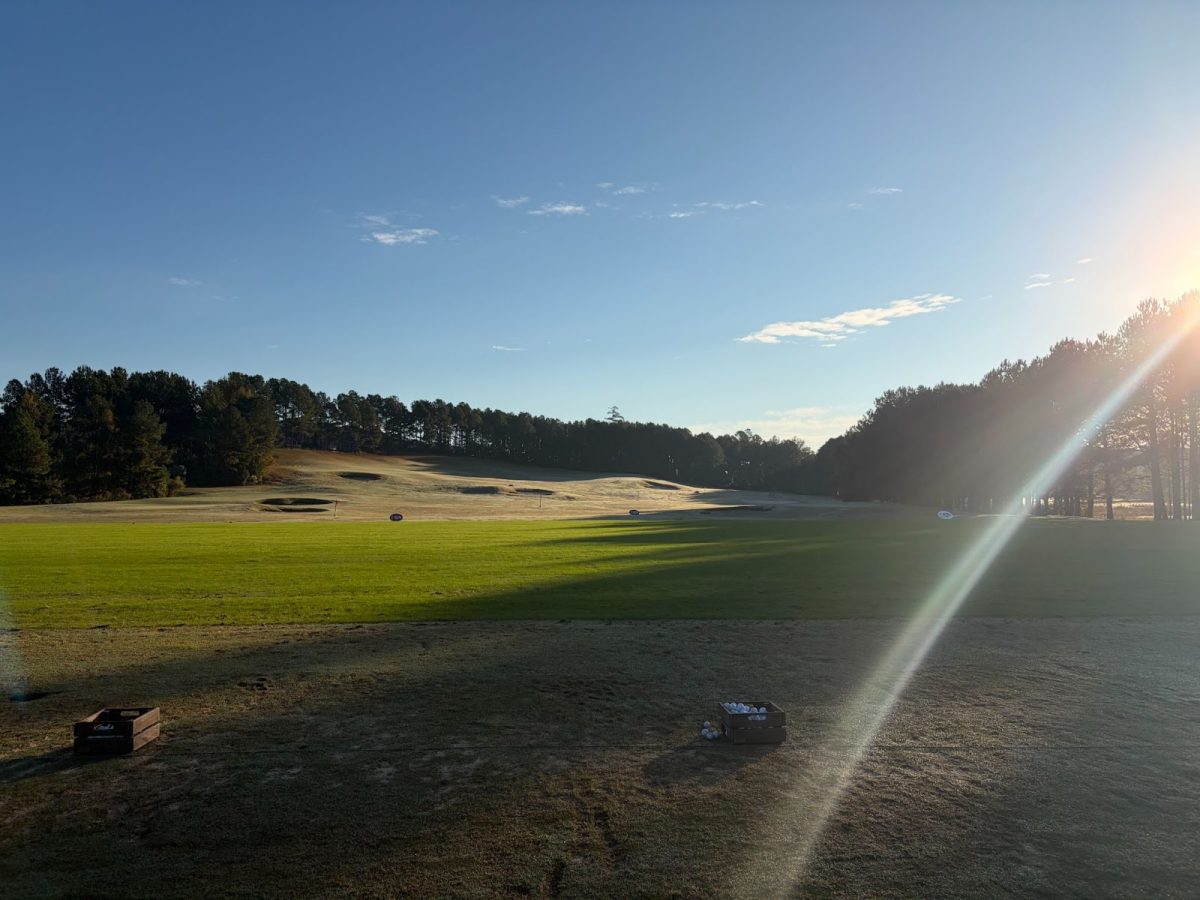





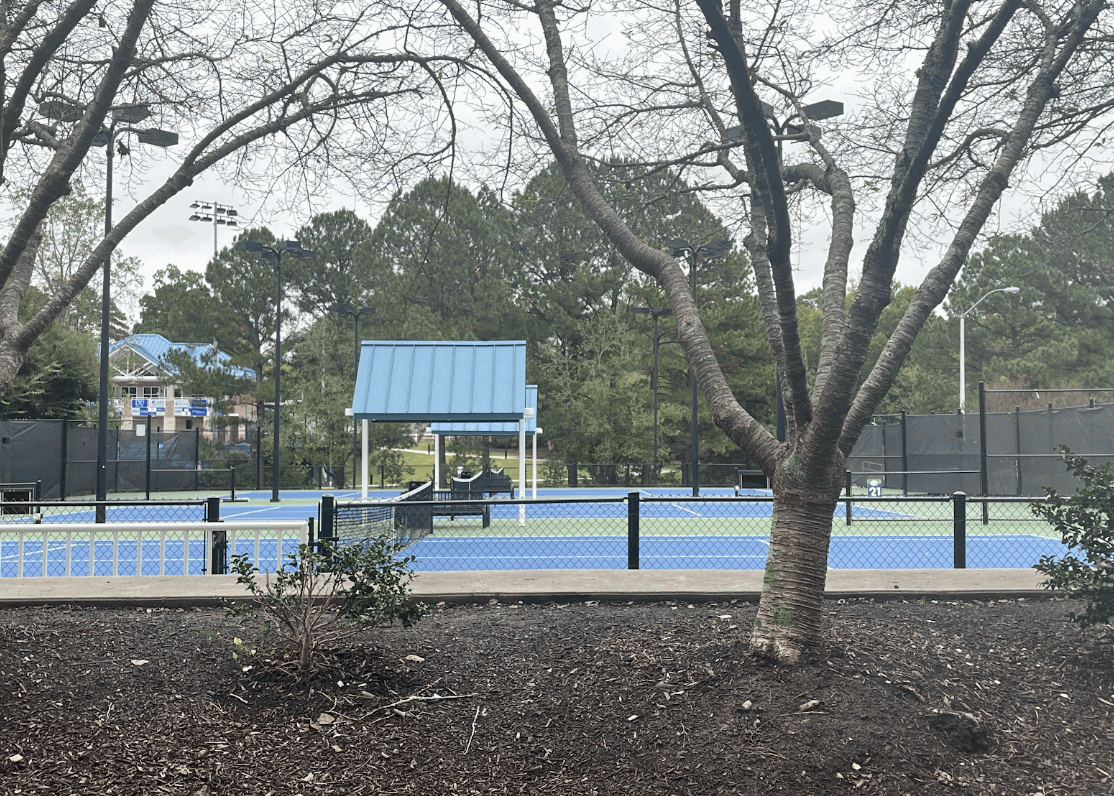










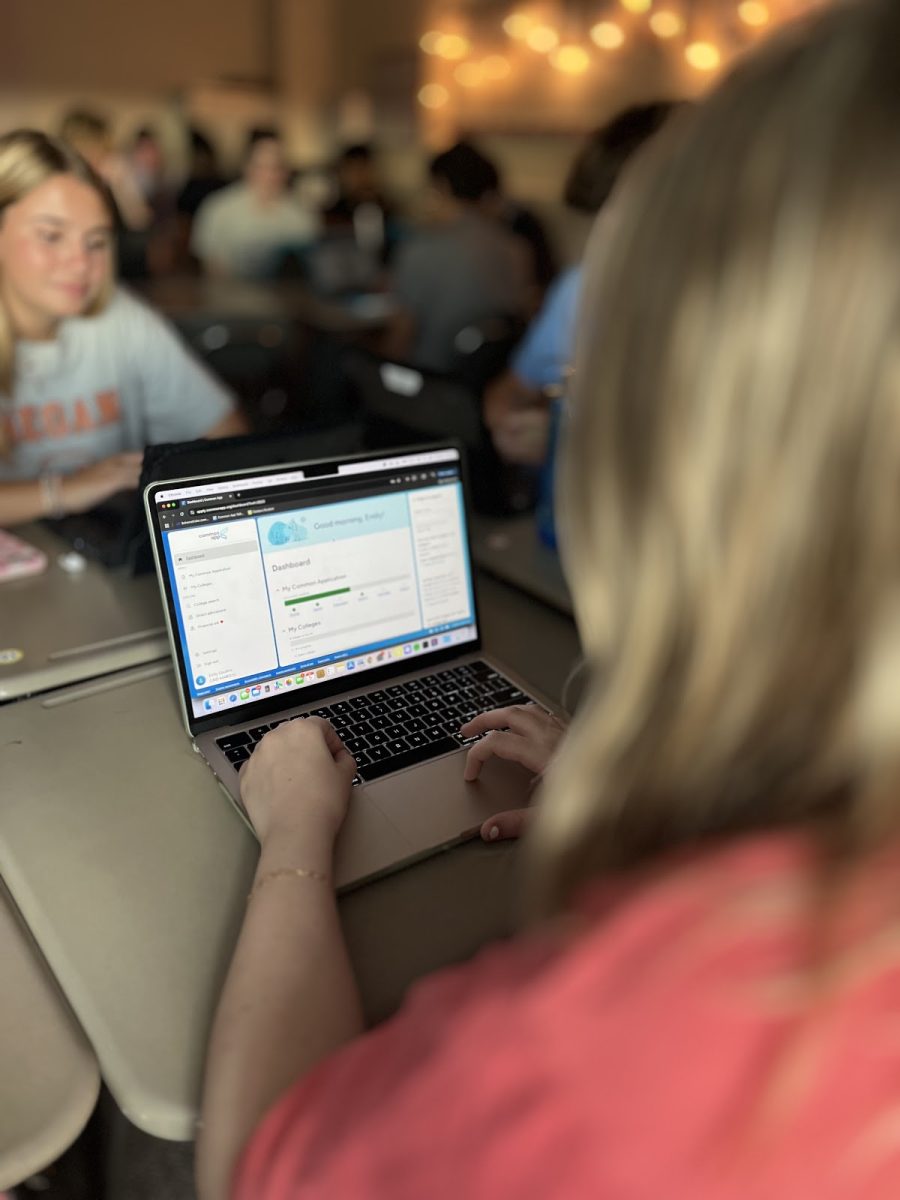


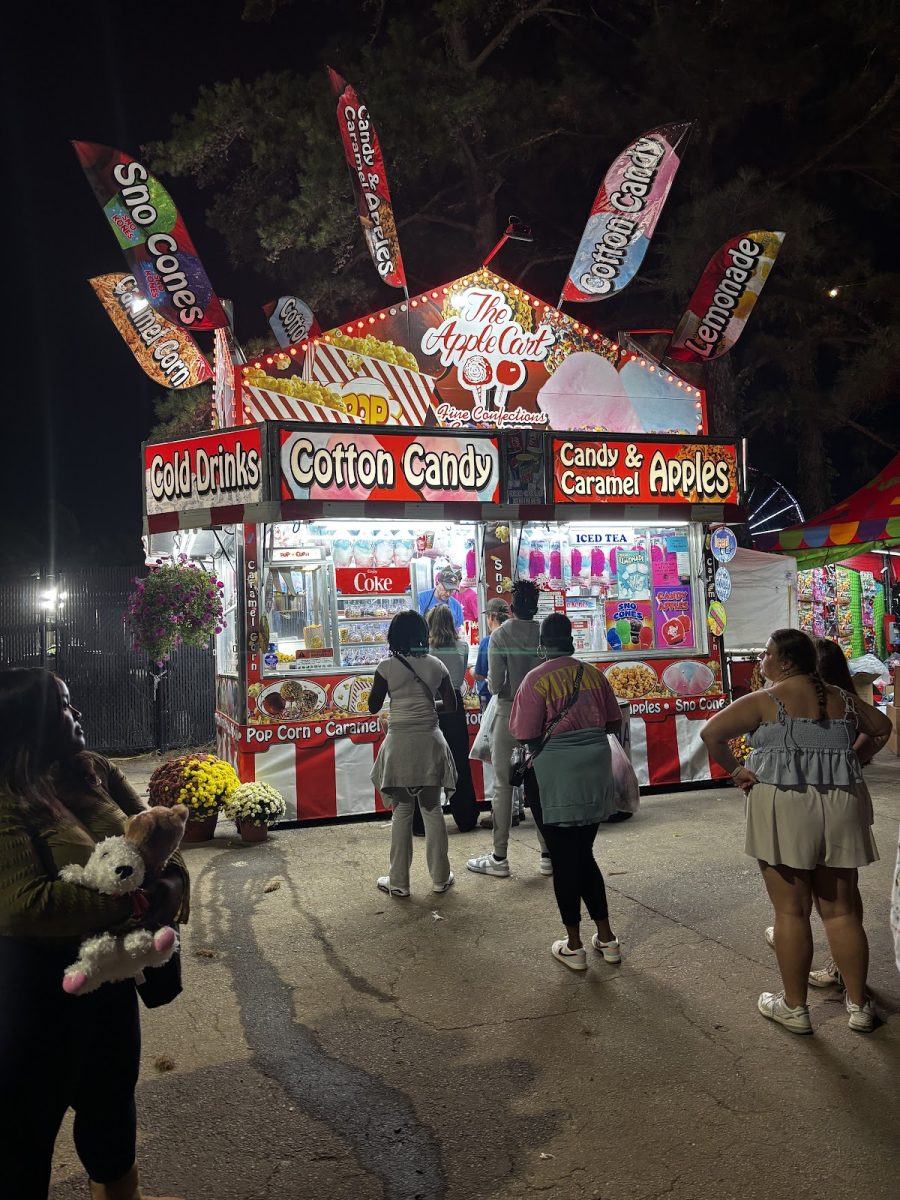
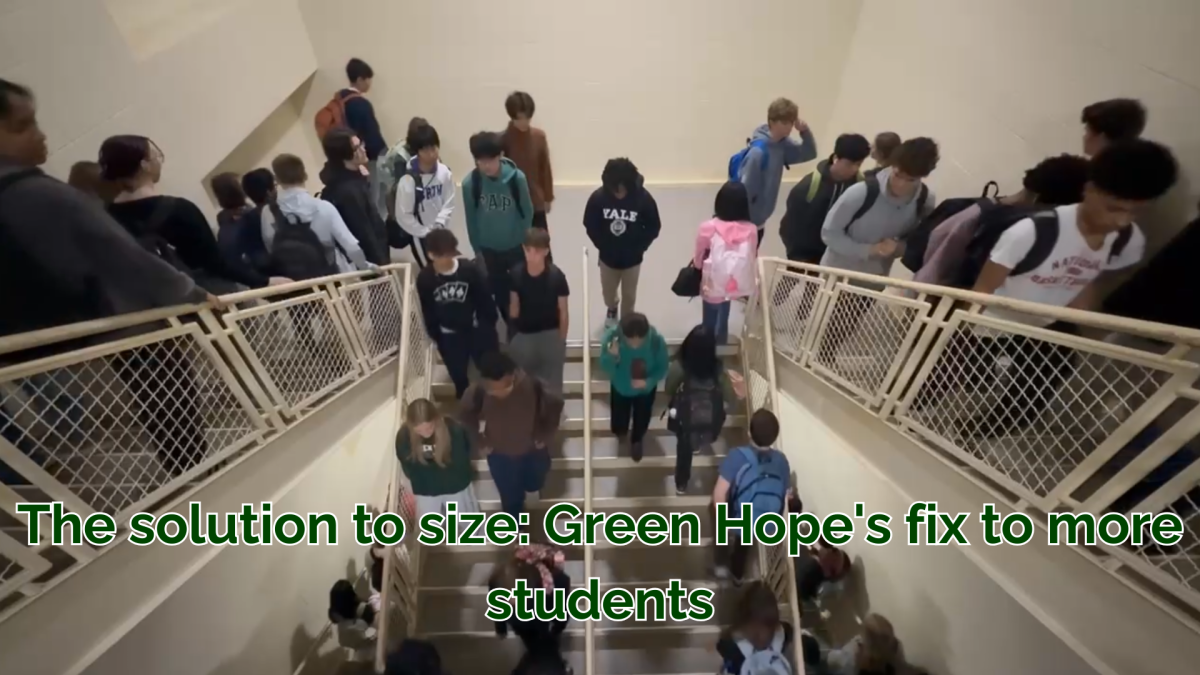








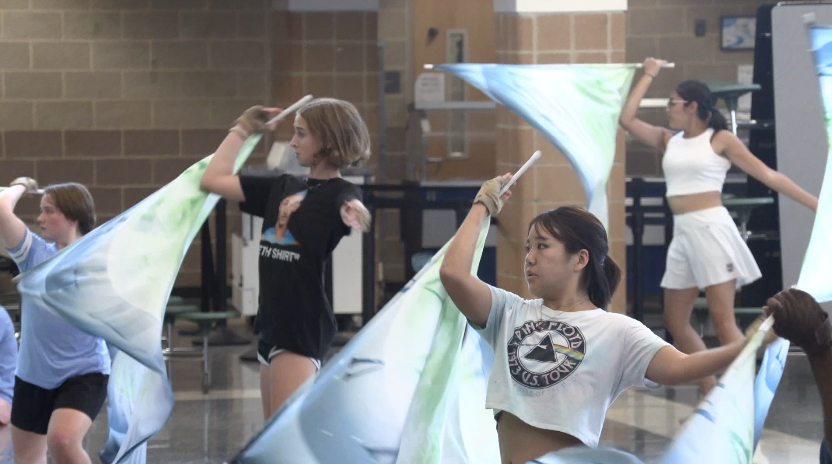










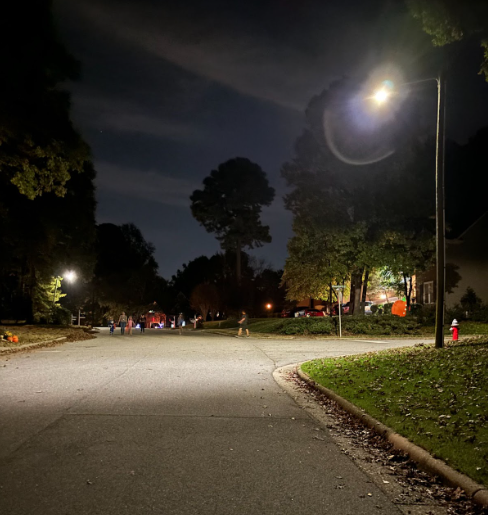

Kaf Eine • Oct 22, 2025 at 8:38 am
I love caffeine! I was sipping coffee as I read this, reading about all this caffeine made me want more! I’m filing up another cup as you read this. Thanks!